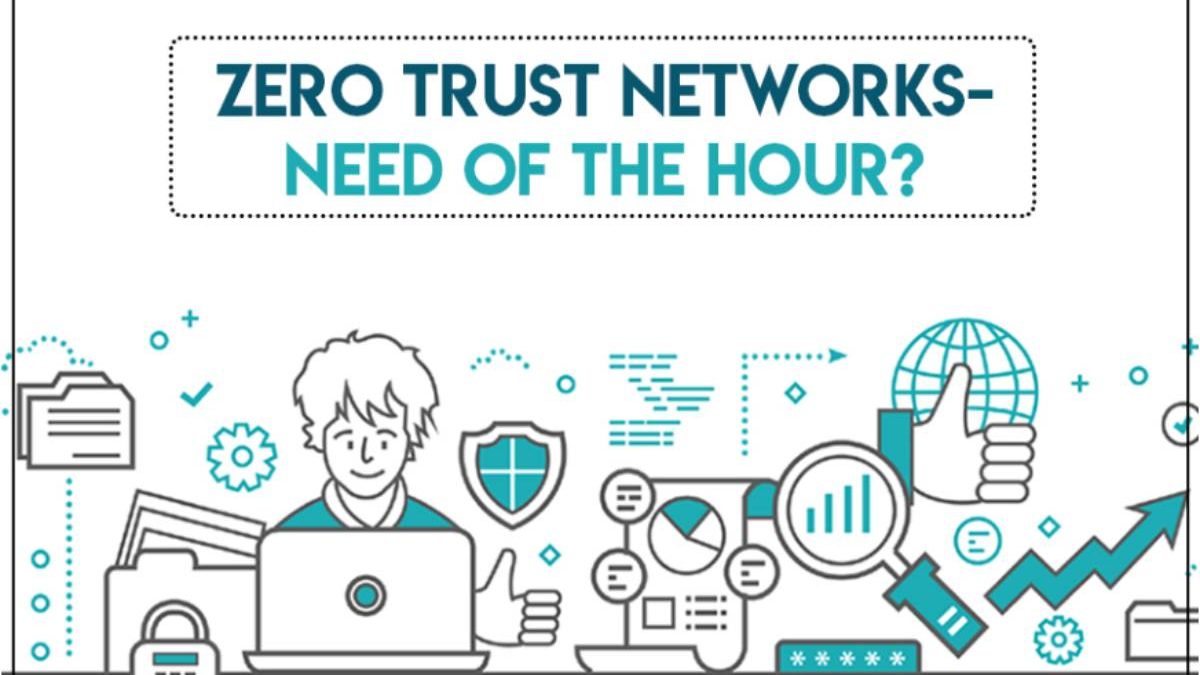Zero Trust Security developing a security framework is not as simple as it sounds. Instead, security leaders can implement various frameworks to improve their programs. One of the most notable frameworks is the zero trust security model.
What Is A Zero Trust Network?
Since mobile devices are becoming more prevalent in businesses, the need for zero trust network security has increased. Zero trust is a framework that enables organizations to secure their most critical capabilities in the cloud. According to Citrix, it starts with the assumption that no user should be granted access to anything that is not secure.
Benefits Of Zero Trust Security
1.More Enterprise Visibility
You decide what resources and activities you need to cover to keep your network secure. Having monitoring set up will allow you to know exactly who is accessing your network and what information is available to them.
Once you have set up monitoring to keep track of all your network activities, it will give you full visibility into who is accessing your network and what applications are being used.
2.IT Management Simplified
With zero trust, you can easily monitor and analyze access requests. If the request is standard, it will be granted automatically. Only admins can approve it once the system flags for suspicious behavior. The more automation you can provide, the fewer people you need to hire to keep up with the increasing number of cyber threats.
The IT department doesn’t need to be involved in every access request. They can only serve as an admin when the system flags requests as suspicious.
3.Current Security Staff Can Work Smarter
Zero trust allows your team to work more effectively by monitoring and analyzing data collected in a centralized location. This eliminates the need for manual work and allows them to focus on more critical tasks.
4.Data Protection Improvement
Zero trust is built on a Zero Standing Privilege framework and Just-in-time (JIT) access. This means that only authorized users have full access to your network. Limiting the permissions that a user can have on their devices can help prevent exploitation.
5.Remote Workforce More Secure
According to a report released by Skybox Security, 73% of security professionals worry about new threats due to the rise of remote work. Zero trust is the security perimeter that prevents unauthorized access and data in any location.
Today, data is spread across the globe, and networks are no longer limited by borders. Zero trust offers protection for all users and applications in any location. Firewalls are not sufficient and are no longer necessary.
6.User Access Streamlined
The zero trust framework allows users to quickly access what they need without waiting for approval from the administrators. It only gets involved if it is flagged as a higher risk.
7.Easy To Stay Compliant
Zero trust security helps to ensure every access request is assessed and logged continuously. This eliminates the need for manual work and allows for faster and more efficient documentation.
Zero trust is more than just security. It can also help you improve productivity and improve the resilience and strength of your organization. It is important to take your cybersecurity measures seriously to safeguard your business.

